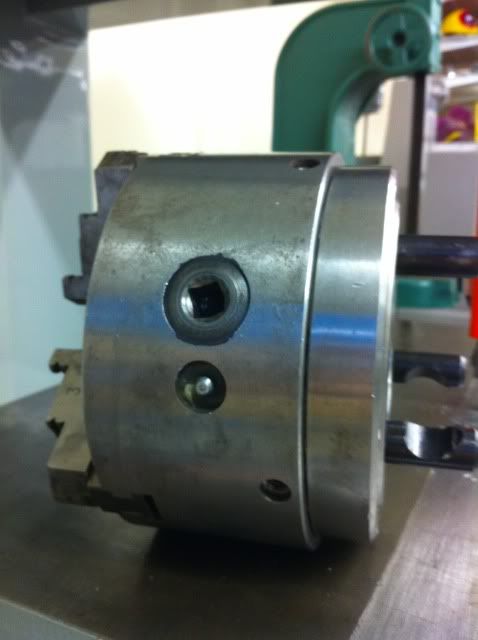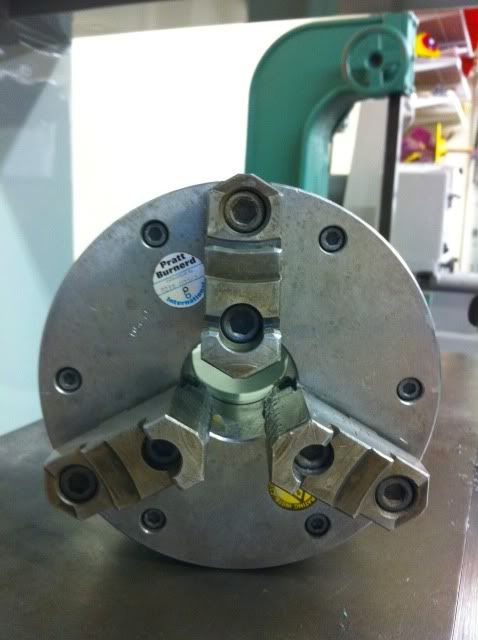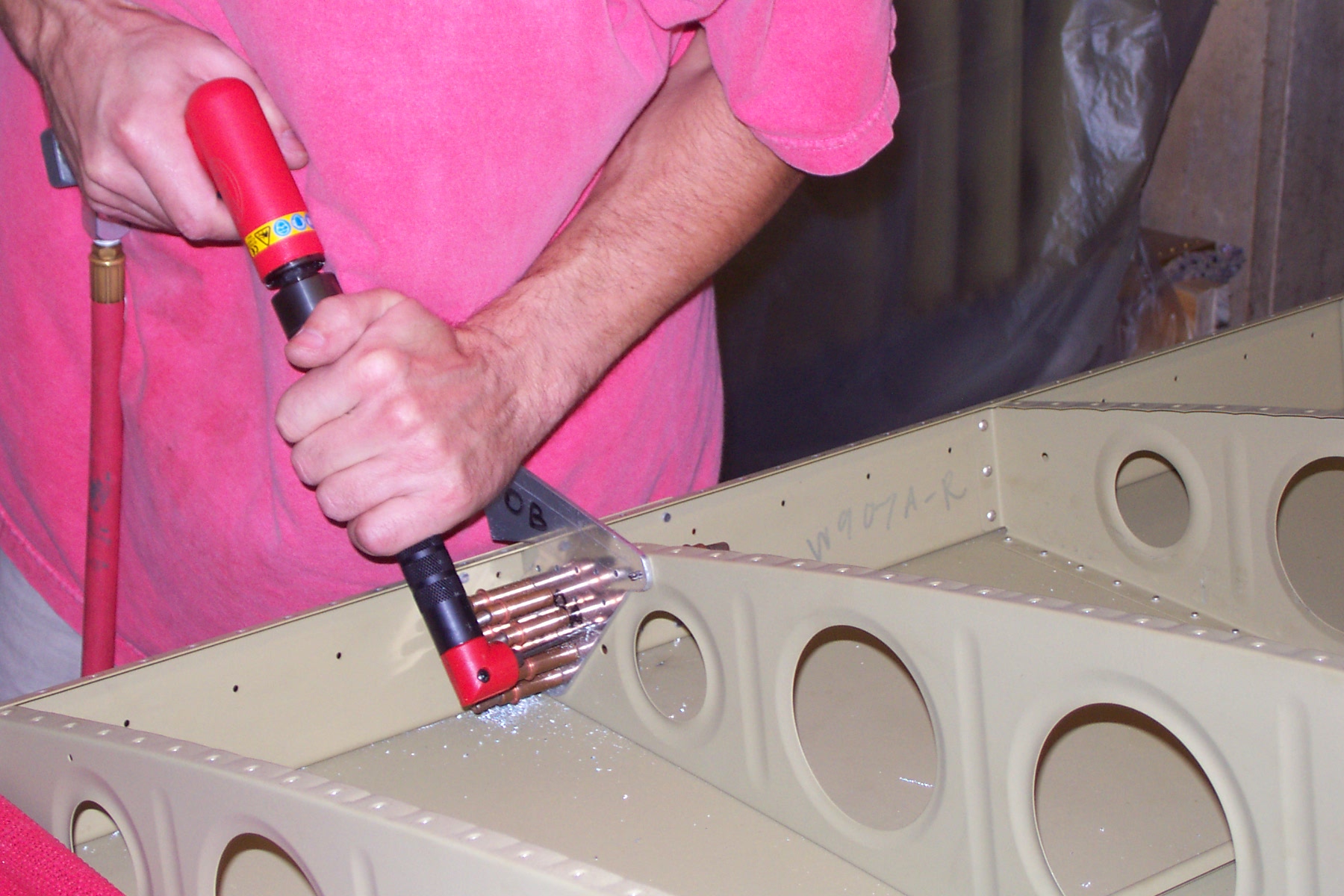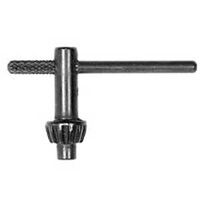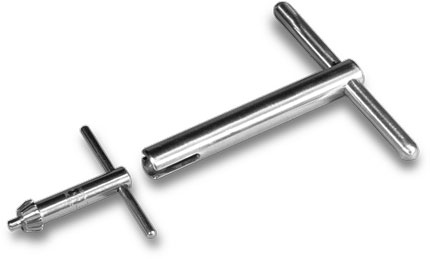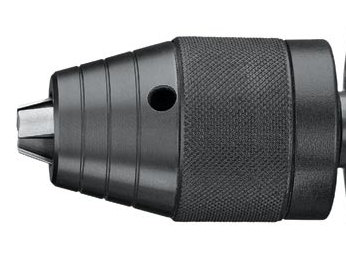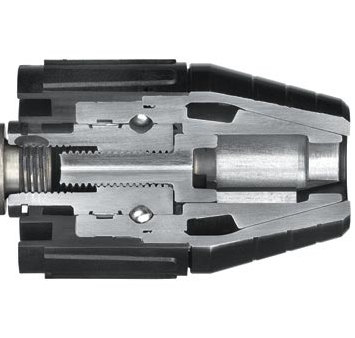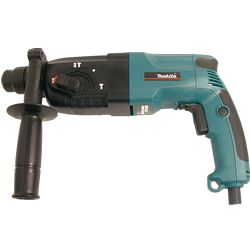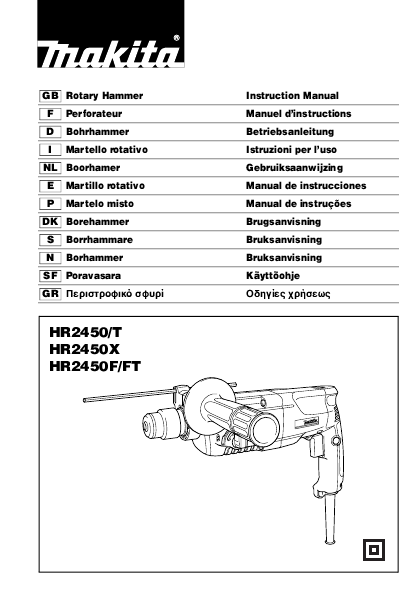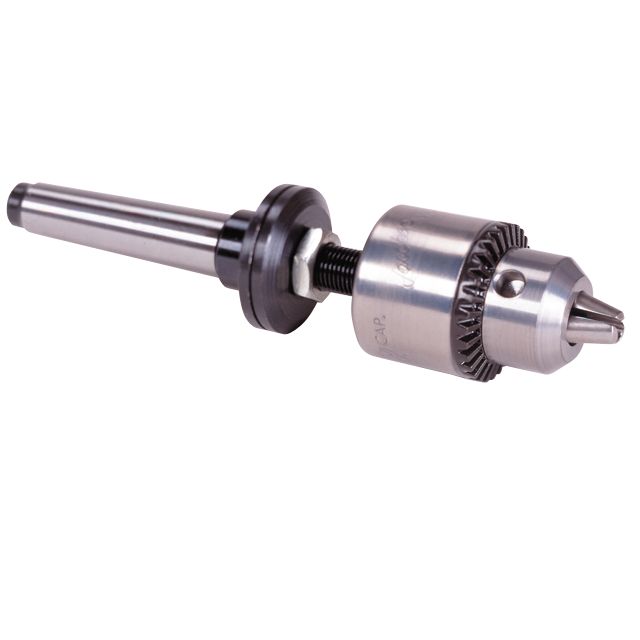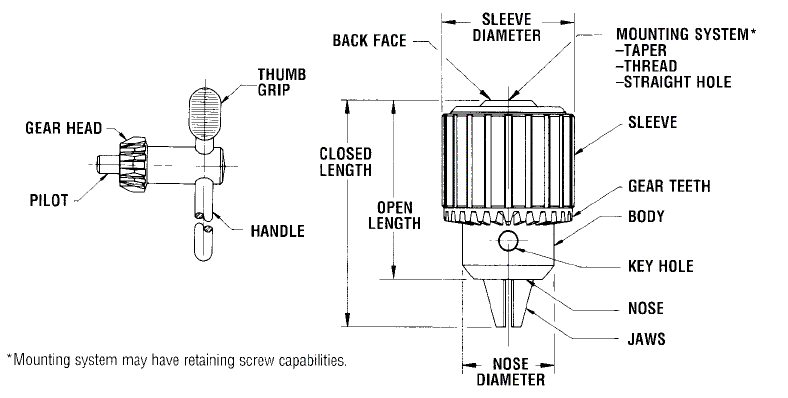Pratt Burnerd Chuck
George Cohen, Sons and Company was a scrap metal merchant with offices in Commercial Road, London. The company was founded by George Henry Cohen (1828–1890)[1] as Messrs. George Cohen & Co. in 1834and changed its name to George Cohen, Sons and Co. in 1883 on the appointment of Michael Cohen, son of the founder.After the First World War the company won a number of large contracts to dispose of surplus munitions including "400,000 tons of high explosives and other shells". The company also engaged in demolition work, with projects including the towers of Crystal Palace, which had survived the great fire, the Dome of Discovery and Skylon at the Festival of Britain, and London's tram system. In 1940 the company moved its head offices to Hammersmith.



